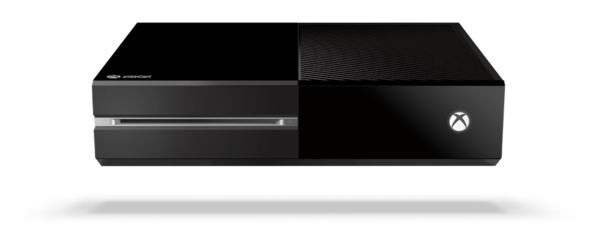
In fact, Microsoft had so many questions that it decided to post a new blog entry answering the most asked questions. Kareem Choudhry, the Director of Development, Xbox Software Engineering was put on the hot seat.
Full text here:
Xbox Wire: What was announced?
Kareem Choudhry: Just as we continue to innovate on the features we offer to our fans, we also are continuing to innovate for developers. Just as with Xbox 360, over the life of Xbox One, the team will continually strive to enable title developers to access additional potential on the Xbox One platform. We continue to optimize the platform, make new technology investments, and give titles increased flexibility to use the features that best meet their needs. We've offered new updates to developers since the launch of Xbox One and the recent availability of the June XDK for developers offers developers more access to GPU bandwidth, which provides more performance, new tools and flexibility to make games better.
Xbox Wire: What is the benefit of this change?
Kareem: Developers have more choice and flexibility to manage the resources of the Xbox One to deliver bigger and richer game experiences. Previously, 10% of the GPU was reserved for system level processing which included Kinect-related skeletal tracking data. With this change, titles that are not using skeletal tracking with Kinect can choose to use that portion of the system reserve for other purposes. We have also optimized the entire system so that titles have access to 100% of the Xbox One GPU for increased resolution and graphical effects.
Xbox Wire: What features are lost if developers use the extra GPU performance?
Kareem: Kinect Depth and infrared sensors which enable biometric sign-in skeletal tracking, controller pairing, etc. will no longer work for these game titles. Developers can choose to disable Kinect depth and infrared sensing in different parts of their titles. The full Kinect experience including skeletal tracking is automatically re-enabled when the user switches back to Home (or other applications), even while in the middle of a game.
Xbox Wire: What about Snap, Broadcast, Voice commands and other system features? Will they still work if a game uses the extra resources?
Kareem: Yes. Platform level voice commands such as "Xbox On," "Xbox, Record That," and "Xbox, Go Home" will continue to work as they do today, as will any in-game speech commands or Snap mode. The Kinect (RGB color) camera will still continue to work, so your friends can watch you while you're playing your favorite games. Snap mode for TV, Achievements and other features will continue to work.
Xbox Wire: Do I have to unplug my Kinect for my games to get more GPU?
Kareem: No. Whether a Kinect is attached or detached will not impact extra GPU processing capability. It is up to developers to utilize the June XDK for games in development to take advantage of these additional GPU resources.
Xbox Wire: Will games I already own now get 1080p if I just unplug Kinect?
Kareem: No. It is up to developers to utilize the June XDK for games in development to take advantage of these additional GPU resources.
Xbox Wire: What's your commitment to Kinect?
Kareem: We continue to believe that Kinect delivers a premium experience for Xbox One, and we're committed to Kinect. Kinect games will still have full Kinect support, and we will continue to have the $499 (USD) bundle with Kinect available for people that want the complete Xbox One experience.
Xbox Wire: What games plan to take advantage of the extra GPU or resources?
Kareem: We're working with developers that have games in development to help them understand and take full advantage of what these changes have to offer. Several titles have already publicly stated they intend to benefit from the extra performance, including "Destiny" and "Sunset Overdrive."
You read it here, Destiny should be 1080p/30fps and that is certainly a good thing.
Written by: Andre Yoskowitz @ 18 Jun 2014 20:55


